Dan Berger’s Wine Chronicles: The Invisible Renaissance, Part II
Dry Chenin Blanc Returns from the Margins
We Need Your Help
If you’re reading this, you care about independent, locally owned, ad-free storytelling — reporting that puts our region’s stories first, not corporate interests or clickbait.
Join a community that values in-depth, independent reporting. Become a paid subscriber today — and if you already are, thank you. Help us grow by liking, commenting and sharing our work.
Dan Berger’s Wine Chronicles: The Invisible Renaissance, Part II
By Dan Berger
“… a vibrant bouquet… a fresh mineral character, followed by notes of juicy nectarine and fragrant honeysuckle… elegant and well-rounded… ideal for pairing with light dishes or enjoying alone.”
“… dry, fresh, bright, and crisp on the palate with aromas of jasmine, pear and apple.”
“… clean and expressive, with apricot blossoms, cotton, wool and incense, and a minerally stone element that together make for a wine with complexity …”
NAPA VALLEY, Calif. – Around 1984, when I was still living in San Diego and participating every Thursday night in blind tastings with the California Grapevine tasting panel, I was constantly chided for my appreciation of chenin blanc, which at the time was a rather sweet and simple white wine that most of my friends believed to be unworthy of their attention — or mine.
I didn’t defend myself very aggressively. There was no reason to believe that I could convince my friends that they were missing a lot by disparaging a grape variety that had such a noble history in France’s Loire Valley, where it was the elixir of kings. (The Loire is a highly regarded home to summer palaces. It was there that French kings would escape Paris. To this day the now-vacant summer palaces and their elaborate gardens are a treat for visitors.)
Challenge your vocabulary with this week’s mystery word. Submit your answer in the poll, and check the bottom of the page for the correct answer.
Nor would the panel members’ good-natured ribbing change my opinion that CB actually became sublime with time in the bottle. None of them believed that chenin blanc could age. That Christmas, my good friend Bob Foster gave me a present: a bottle of 1977 chenin blanc that was more than 7 years old. Everyone laughed. I simply said that I appreciated the effort and that the wine would be fabulous – in another decade. They laughed again.
I seriously doubt that Peter Heitz (Shypoke), Bruce Devlin (Ballentine) or Alycia Mondavi (Aloft Wines) had to experience much razzing from their friends when they decided to produce a dry chenin blanc. That is mainly because most of their friends are people of like mind who are immersed in wine and know that no grape variety deserves disrespect just because it might not be considered noble. And possibly no grape has been more disparaged than chenin blanc.
Also, they all are probably well aware that even the humblest of varieties that are normally used to make table wine can be uplifted to produce something special when the soil, climate, grower, winemaker and the stars are all in alignment.
The quoted statements that at the top of this essay were chenin blanc descriptions drawn from the websites of Ballentine Vineyards, LOLA Wines and Zeitgeist, respectively, just three of the 12 wineries that poured their dry chenins last month at an industry event. They were looking at this latest development in the curious life of a grape that once made headlines as a sweeter wine.
In the 1970s and mid-1980s, Charles Krug increased its sweet chenin blanc production, reaching 125,000 cases at its peak. The grape variety was in such demand that chenin blanc acreage exploded.
At its summit, Napa’s acreage of chenin blanc hit some 4,000 acres planted – at a time when the entire valley had only about 20,000 acres in total vineyard land.
Today, more than 45,000 acres of vines are planted in Napa Valley. But chenin blanc has all but disappeared. Today it is estimated that the entire valley has only 8 acres of it. Of that total, approximately 5.5 are planted at Ballentine Vineyards, which represents Frank Ballentine’s commitment to the history of the valley.
Ballentine told me he was planning to add at least 2 more acres of chenin blanc in his beautiful vineyard just north of St. Helena. This represents a significant commitment because the CB renaissance we spoke about in this space last week might sound as if it’s a permanent explosion of interest by several Napa wineries. But most of the wines I tasted came from fruit that Ballentine sells them and which is in great demand.
And although many wineries’ enthusiasm for chenin may well be completely sincere, since wine sales are declining and no wine is selling particularly well these days, no one is quite sure whether adding more chenin blanc to a winery’s portfolio makes particular sense.
However, everyone I spoke with at the event in mid-March was particularly passionate about the possibility that they are all on the right track. Public reaction to their wines has been extremely gratifying. One of those who is tremendously optimistic about the wine’s potential growth is Seth Cripe, whose adventuresome LOLA winery in Calistoga is making many different and exemplary wines (25 at last count).
I previously recommended two of his LOLA wines here in the last few months — a spectacular sauvignon blanc and a fascinating counoise. Both are now sold out, but new releases of those wines will be available in several more weeks.
The 2023 LOLA Dry Chenin Blanc ($50, summer release, 120 cases) is a delicate wine with a faint hint of a spice like nutmeg. It was aged on lees, and Seth said it likely would age well in a wine cellar for several years.
Possibly no grape has been more disparaged than chenin blanc.
The 2023 Ballentine Chenin Blanc ($35, 487 cases) was extremely complex with a delicate spice note and even a slight hint of spritz. Made more in a style of Vouvray sec without any sugar, it is just beginning to show most of its minerally personality, some of which may not be seen for at least two more years.
The 2023 Shypoke Chenin Blanc ($30, 120 cases) was aged in amphorae and has a fascinating depth with a note of peach blossom and other tropical elements. It is completely dry and already shows a slight amount of development but needs several more years.
Heitz said that when he got the chance to purchase some fruit from Frank Ballentine’s vineyard, he did a tasting of as many chenin blancs as he could find and was surprised at how sweet so many of them were. He said he was disappointed.
“I wanted my chenin blanc to go with sushi. I wanted it to have an edge to it,” he said, noting that a soft and sweet wine made from chenin blanc usually was “cloying and weird” – and did not pay respect to the variety. “I wanted a knife.” He said some wineries were making chenin “using this crutch of an incomplete fermentation” to make a sweeter wine. He focuses on angularity and on complexity.
His family has been farming in the valley since 1896, and today he has a lot of rare varieties that include lagrein, grenache and charbono.
Shypoke’s 2023 chenin blanc was recently entered into a Sonoma County winemakers’ private wine evaluation with 11 other wines. All of the judges were affiliated with Sonoma County wineries. The tasting was done blind. Shypoke was judged to be the winner. Here is a list with all 12 wines.
The 2023 Zeitgeist Chenin Blanc ($40) was aged in neutral oak barrels, had a lovely floral aroma and was a dramatic parallel to French Savennieres. The minerally finish will appeal to lovers of dry Loire Valley versions.
I also liked 2023 chenin blancs from Trois Noix ($24), Stereograph ($24), Aloft ($95), Chappellet ($74), Larkmead and Gaderian. (Note: Several winery websites did not have prices, phone numbers or technical details, and several emails to wineries were never replied to.)
(In particular, I was fascinated with Chappellet’s chenin blanc, since in recent years the wine has been sweeter than it was decades ago. However, I couldn’t reach anyone at the winery to inquire about the dry version I tried two weeks ago. Similarly, Dry Creek Vineyards in Sonoma County has always made a wine that it calls “dry chenin blanc” using fruit from Clarksburg, but recently it has been sweeter than in the past.)
Chenin blanc has always been part of the portfolio at Husch Vineyards in Mendocino County’s cool Anderson Valley. The winery has always made it with 1% residual sugar (10 grams per liter), and Zac Robinson said his winery has had great success with it and likely will not change the style. But he was fascinated by the rebirth of the variety in Napa.
Another example of fine white wine being made featuring chenin blanc is from Napa Valley’s Pine Ridge Vineyards. Its chenin blanc-viognier blend was once (two decades ago) vintage-dated and was from Clarksburg vineyards. Its most recent (and very successful) release is non-vintaged, and its label’s appellation is “American.”
Other versions of chenin blanc come from the Loire and South Africa (where it is occasionally called “steen”). At one time, decades ago, a barrel-fermented version of chenin blanc that was more like chardonnay came from Chalone.
—
Dan Berger has been writing about wine since 1975.
Today’s Polls:
This Week's Word Challenge Reveal:
The correct answer is C: "Wine aged on yeast sediment." "Sur lie" comes from the French for "on the lees," referring to the dead yeast cells and solids that settle at the bottom of a fermentation vessel. This method dates back centuries, particularly in French regions such as Muscadet in the Loire Valley, where winemakers discovered that aging wine on the lees added texture, complexity and a subtle creaminess. Today, sur lie aging is also common in chardonnay and sparkling wine production, prized for enhancing mouthfeel and flavor depth. We hope you enjoyed this week’s challenge and look forward to next week’s word.
Explore These Related Articles:
Browse All Napa Valley Features Stories
—
The views, opinions and data presented in this article are those of the author and do not necessarily reflect the official policy, position or perspective of Napa Valley Features or its editorial team. Any content provided by our authors is their own and is not intended to malign any group, organization, company or individual.





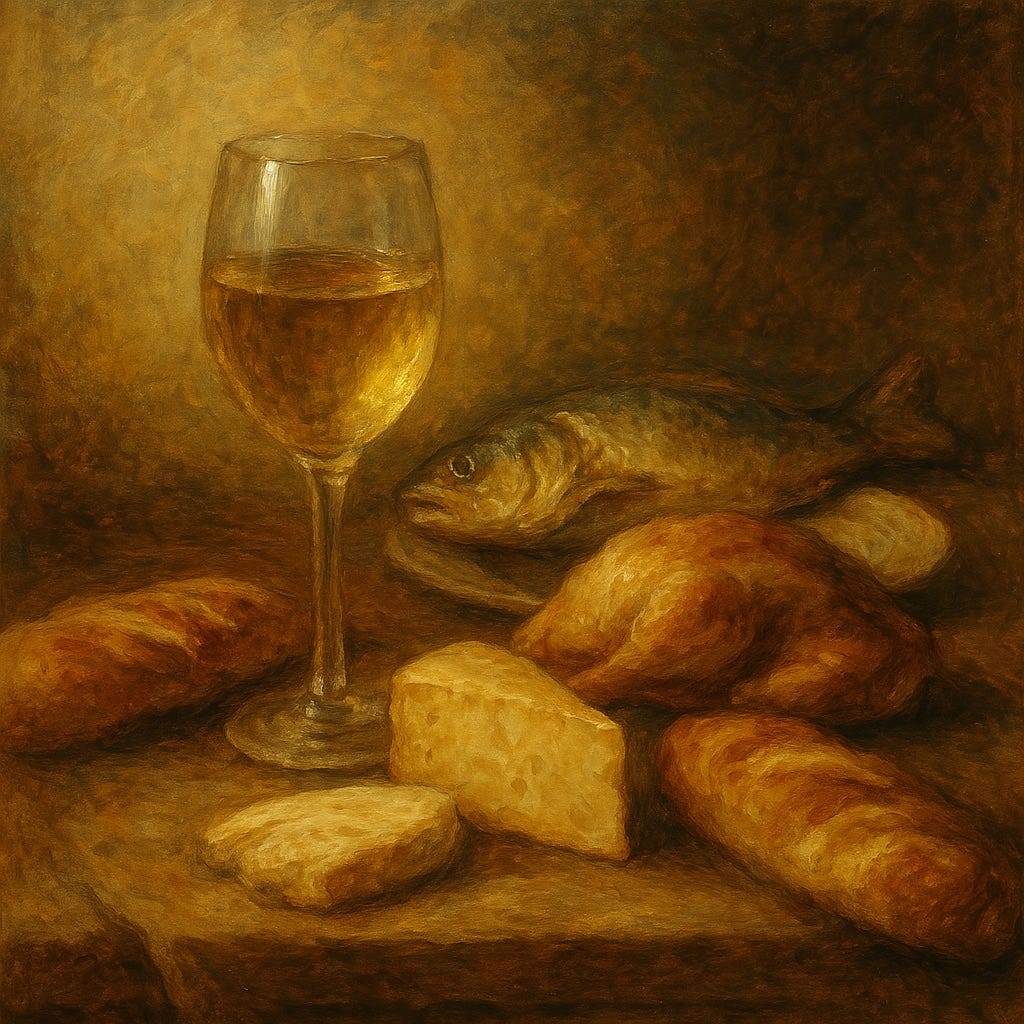

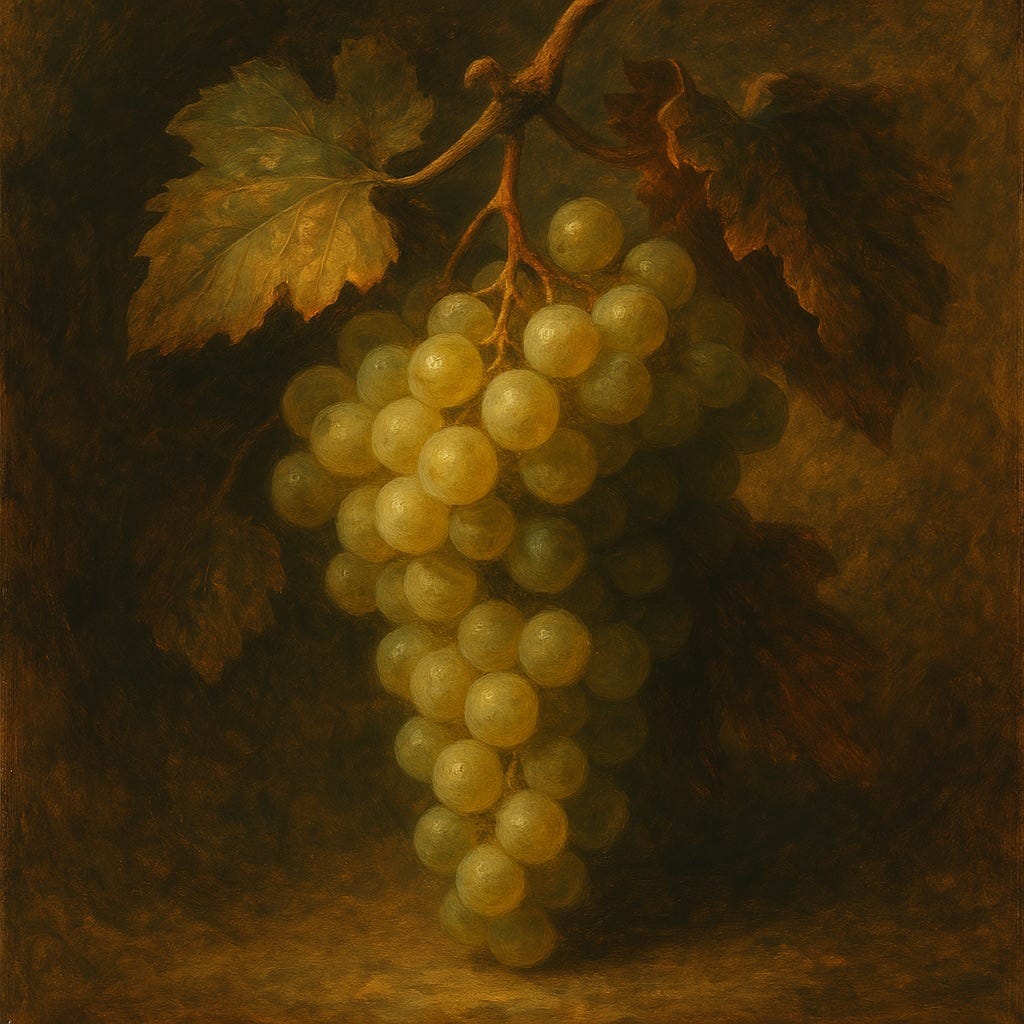



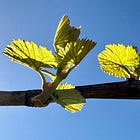

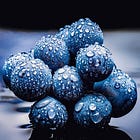


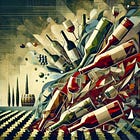

Dry Chenin is good, but why not have some more off-dry Chenin as well? I had a Haarmeyer Moelleux recently that was quite delicious and attractively priced.
I don't think one would get too many takers for $75+ Chenins from Napa when you can get a superb Anjou or Vouvray Chenin for well below that price. But in the $30-40 range, I think Napa Chenin could be an excellent, more versatile alternative to Napa Chard. Would be very curious how it ages as well.
I have Pine Ridge Chenin in my store. It does have a vintage date, 2023. Like you said, the back of the label says American. The tech sheet, however, says Clarksburg and Lodi. Weird.